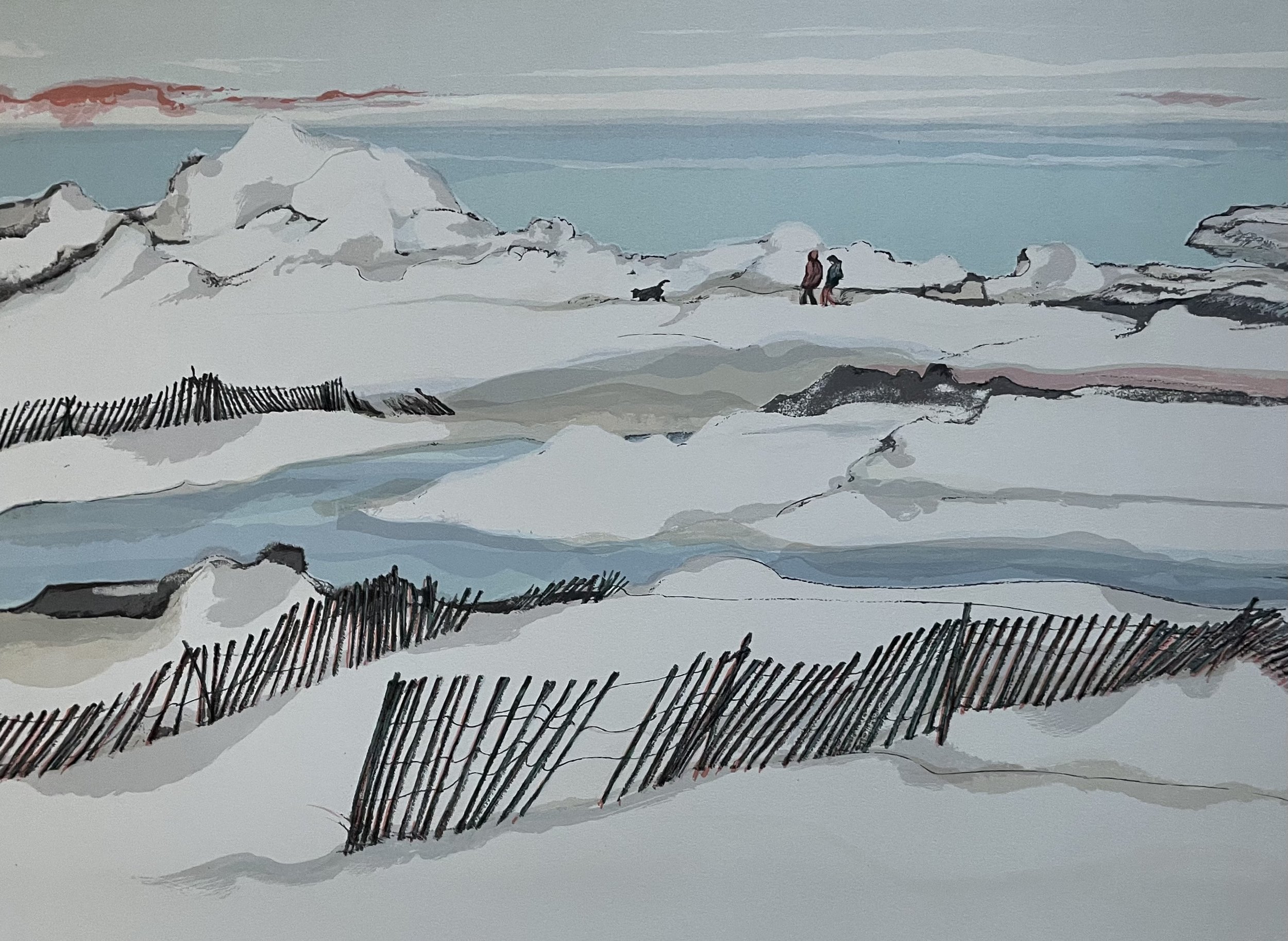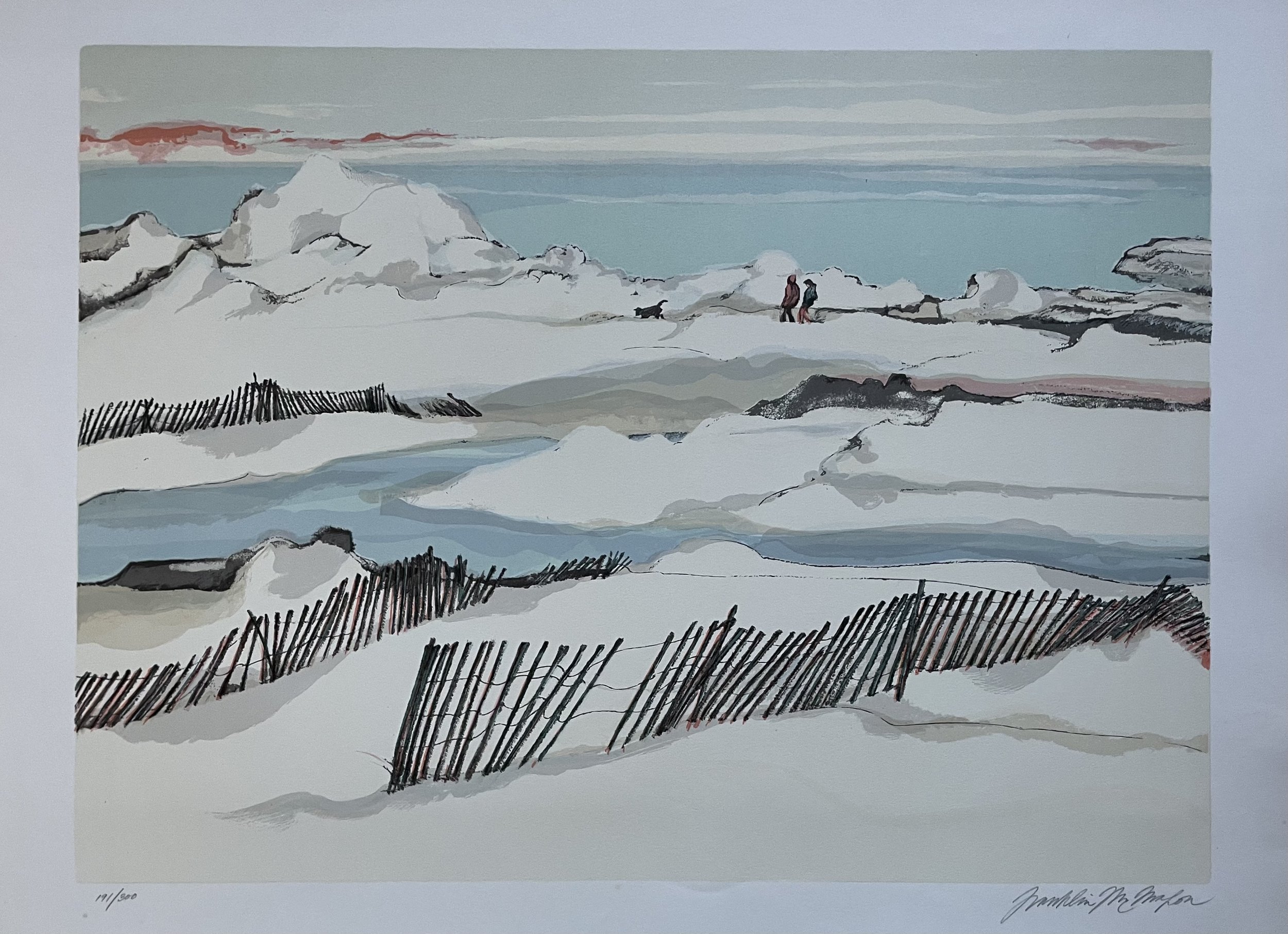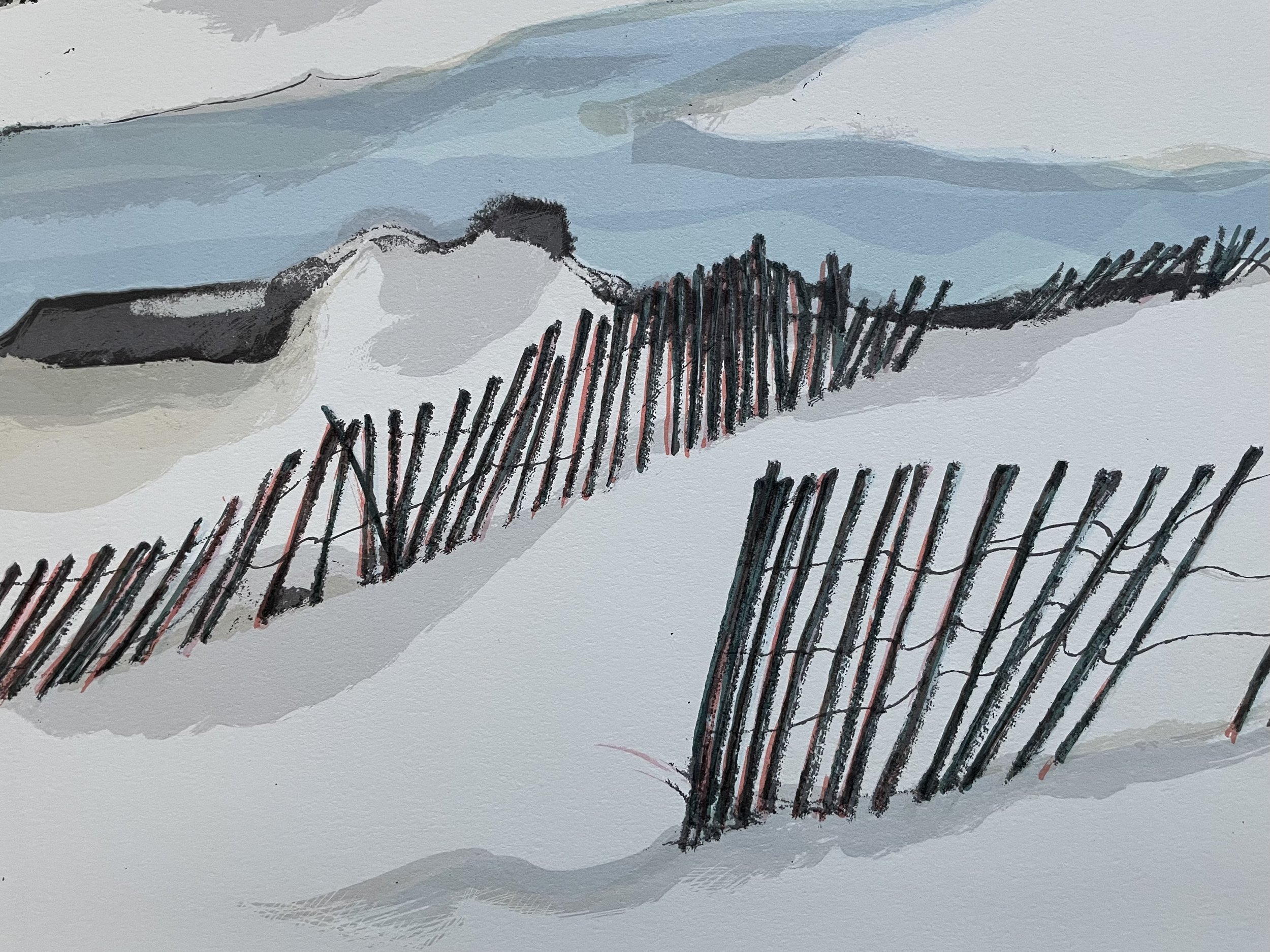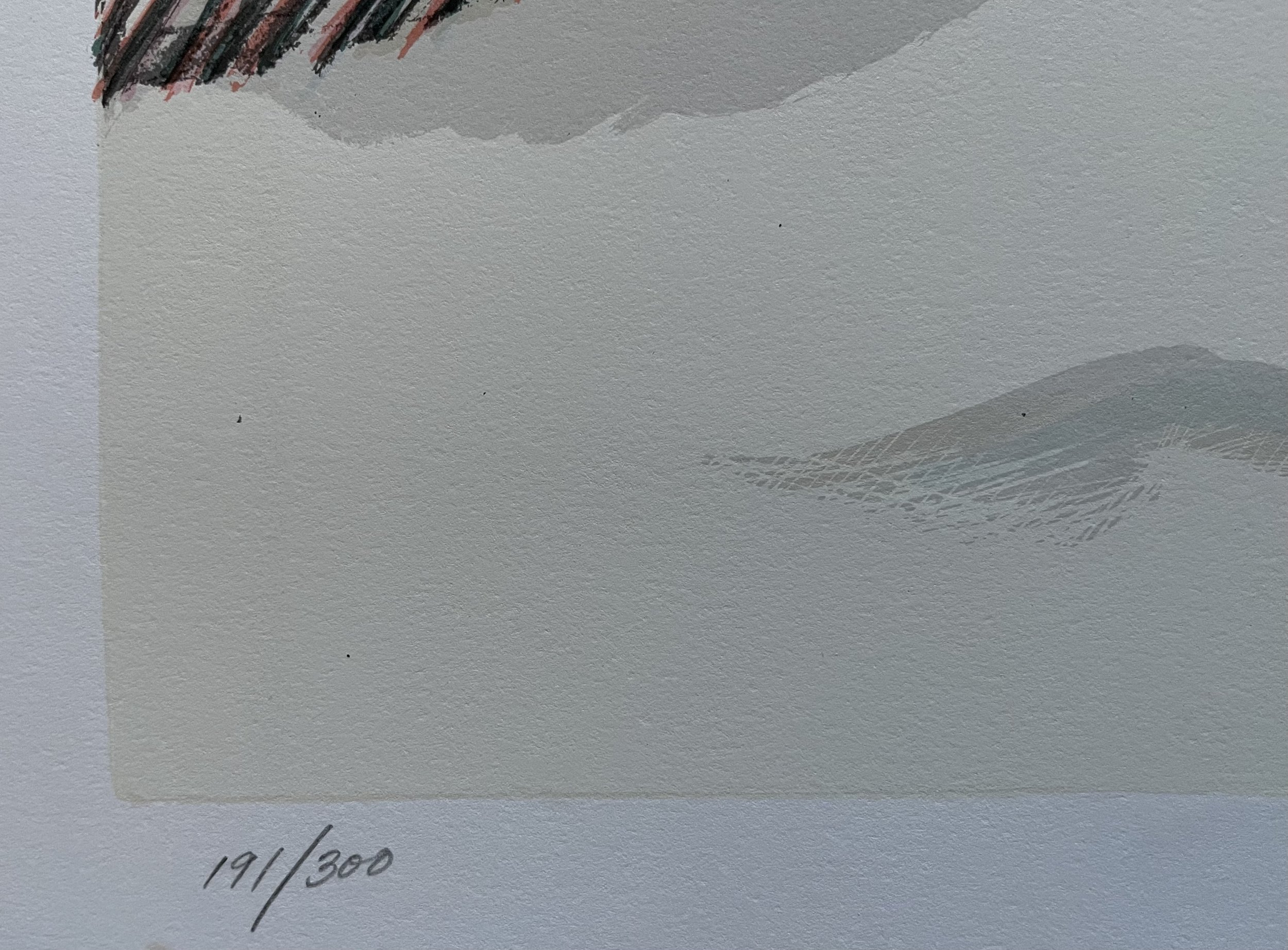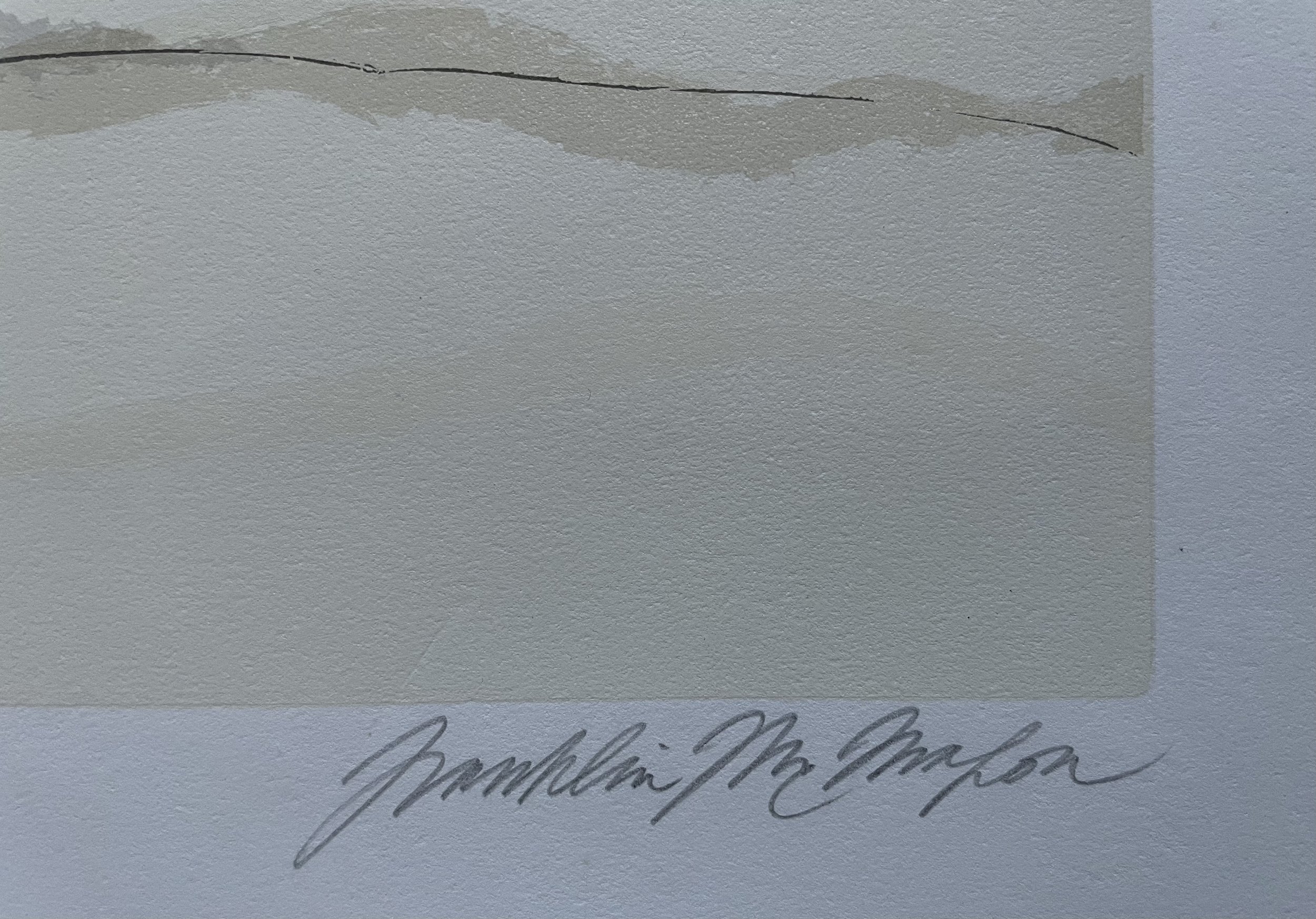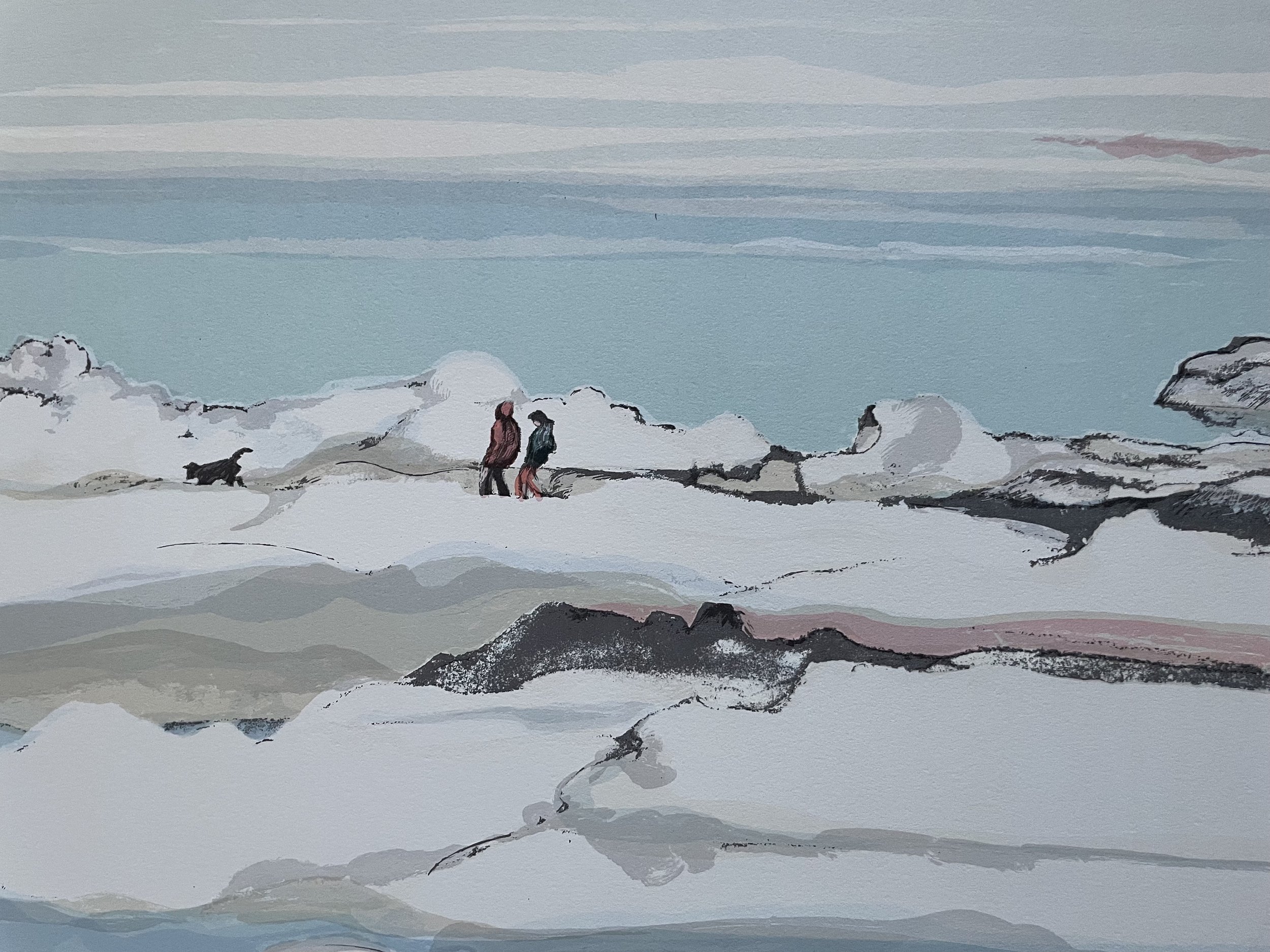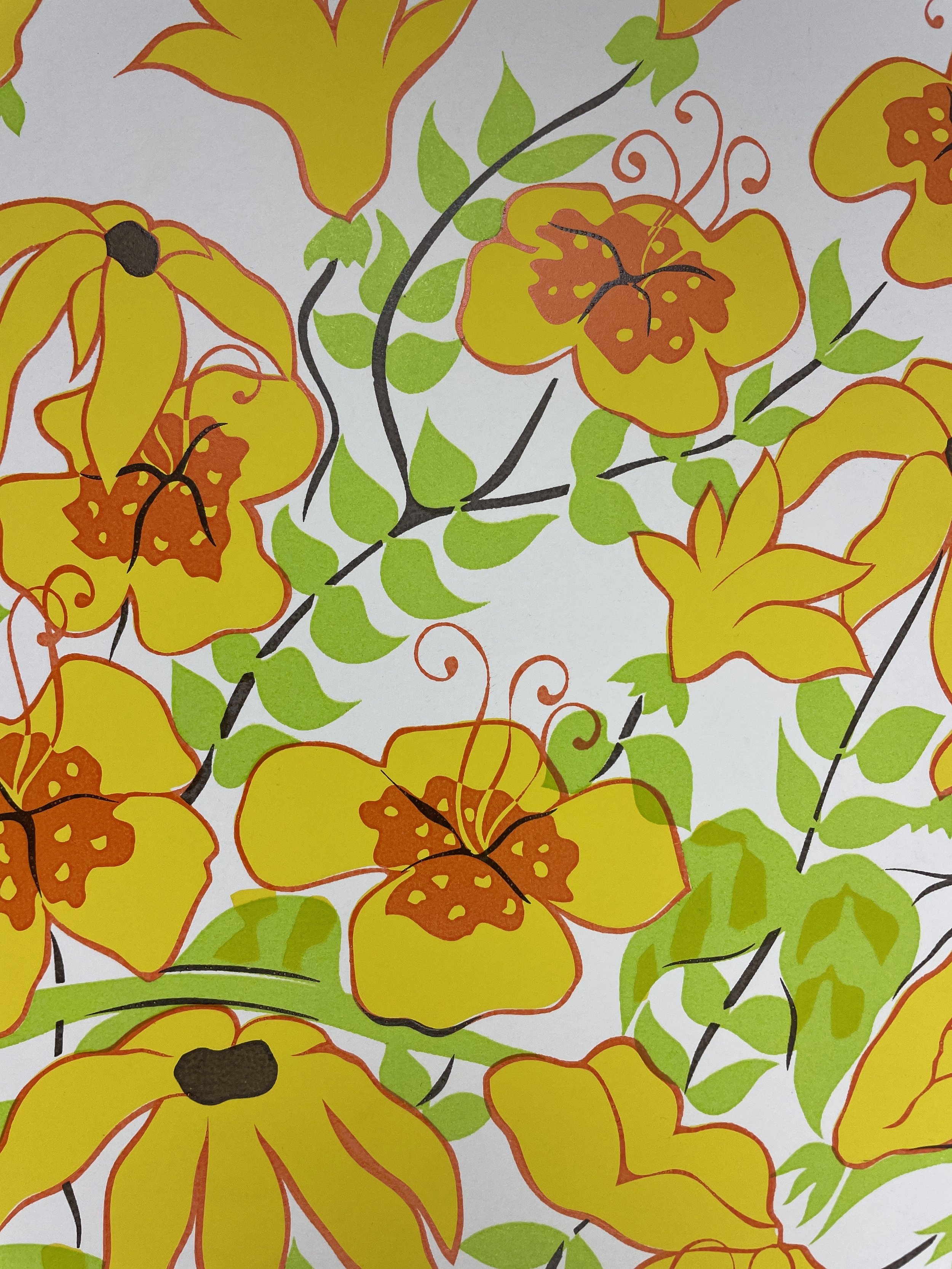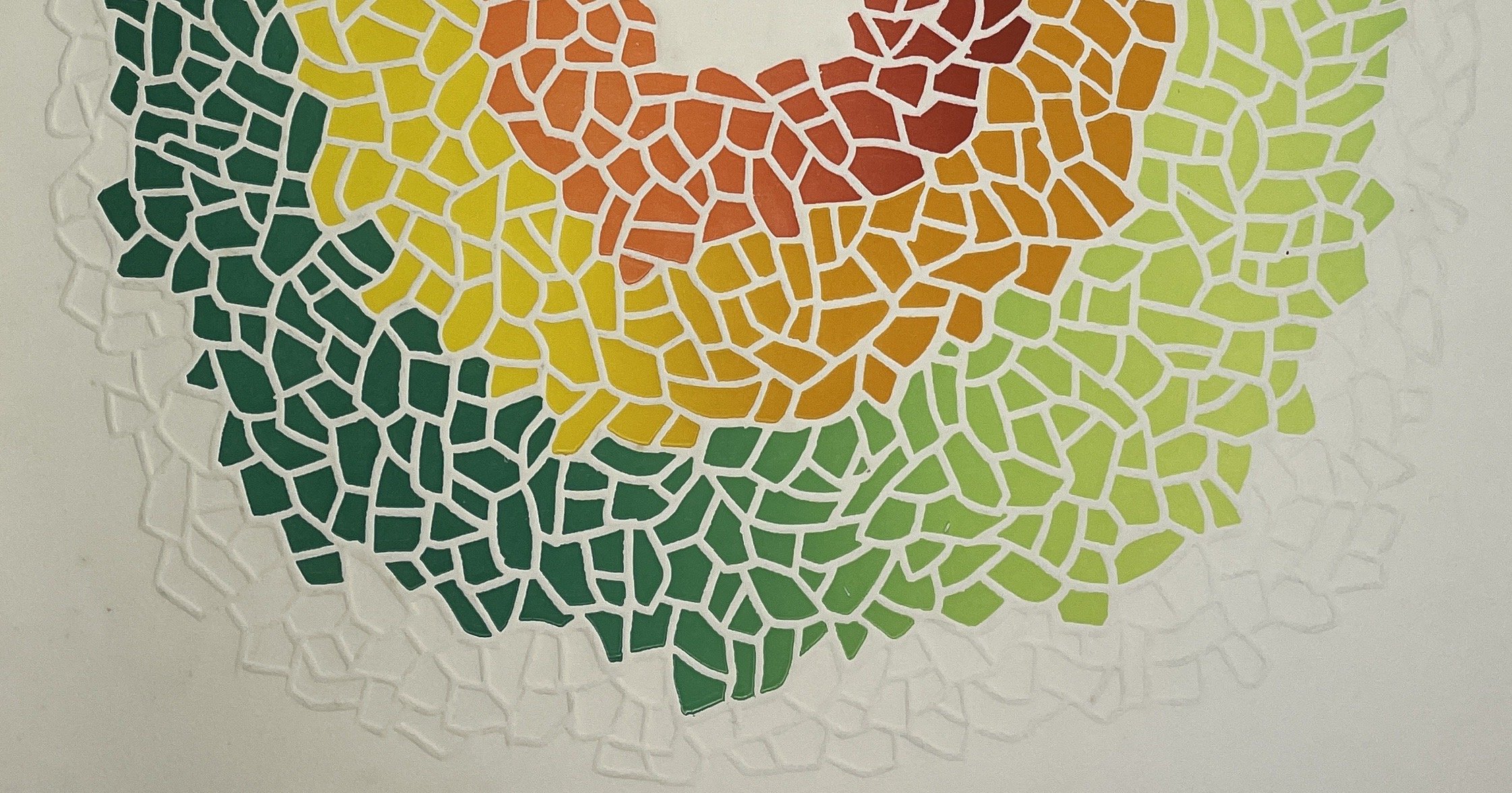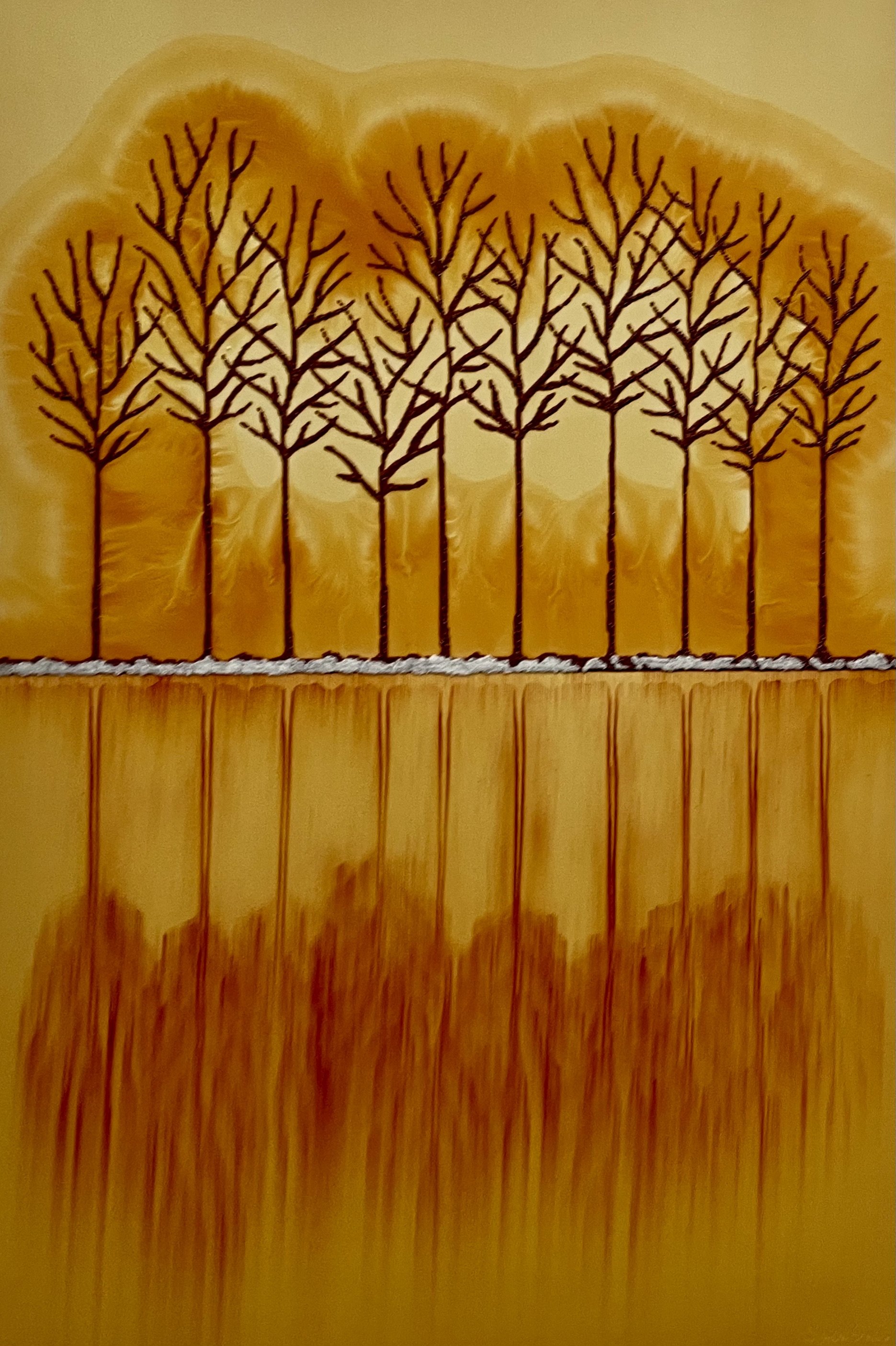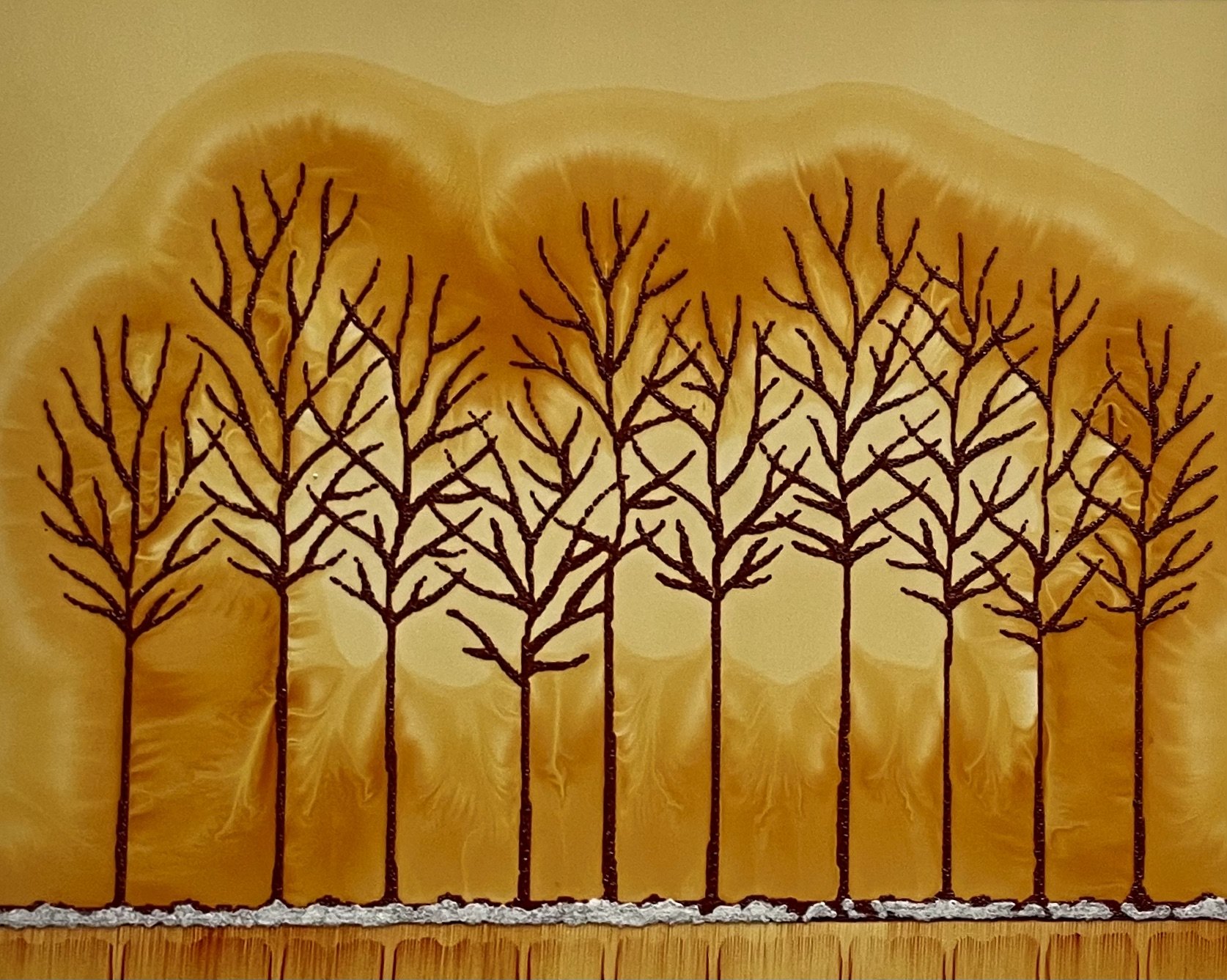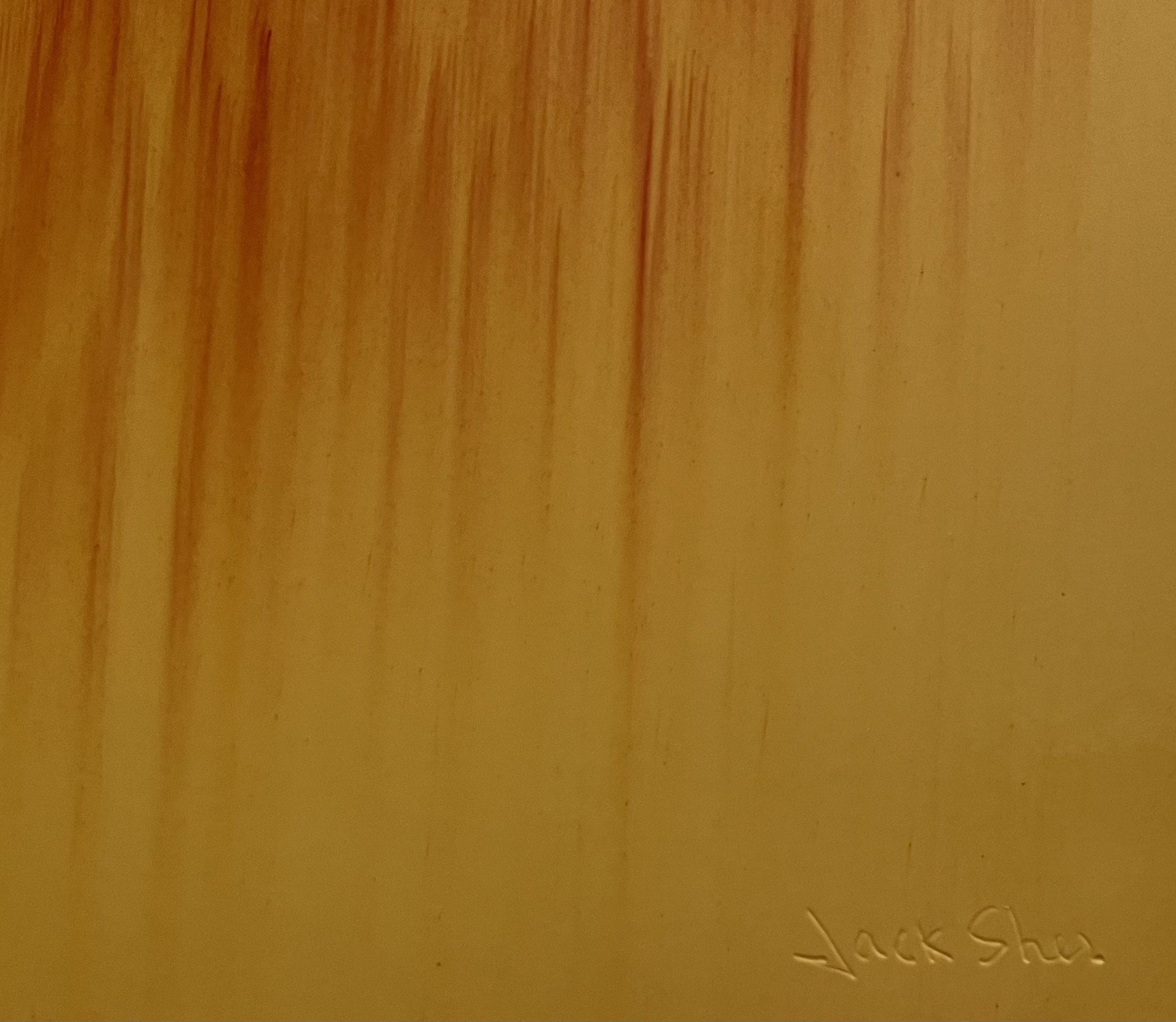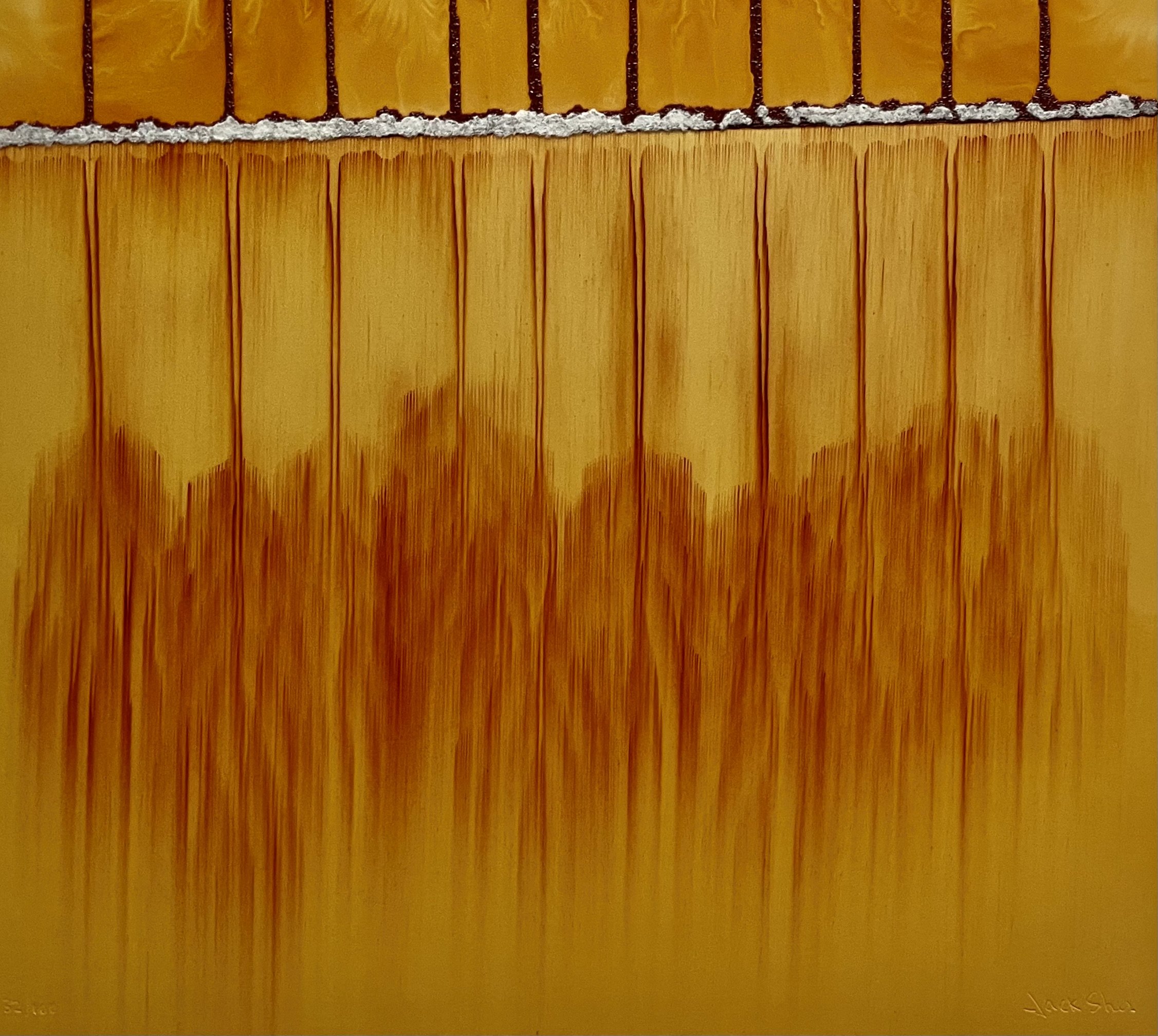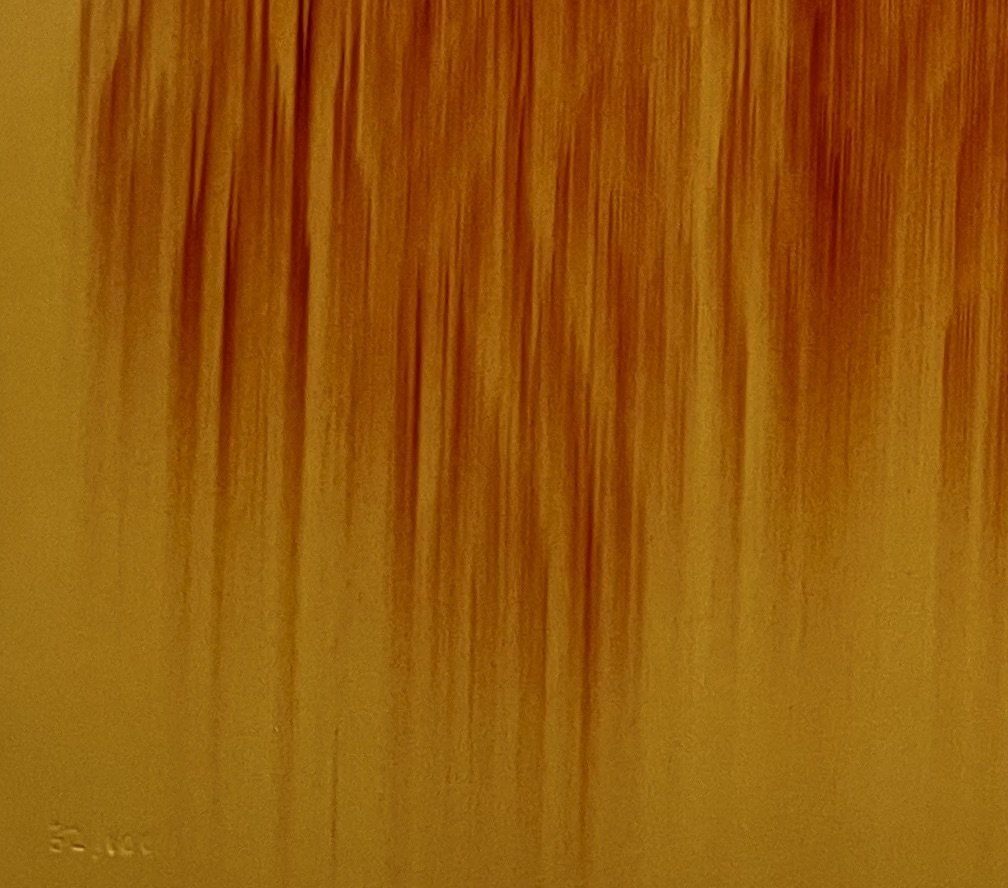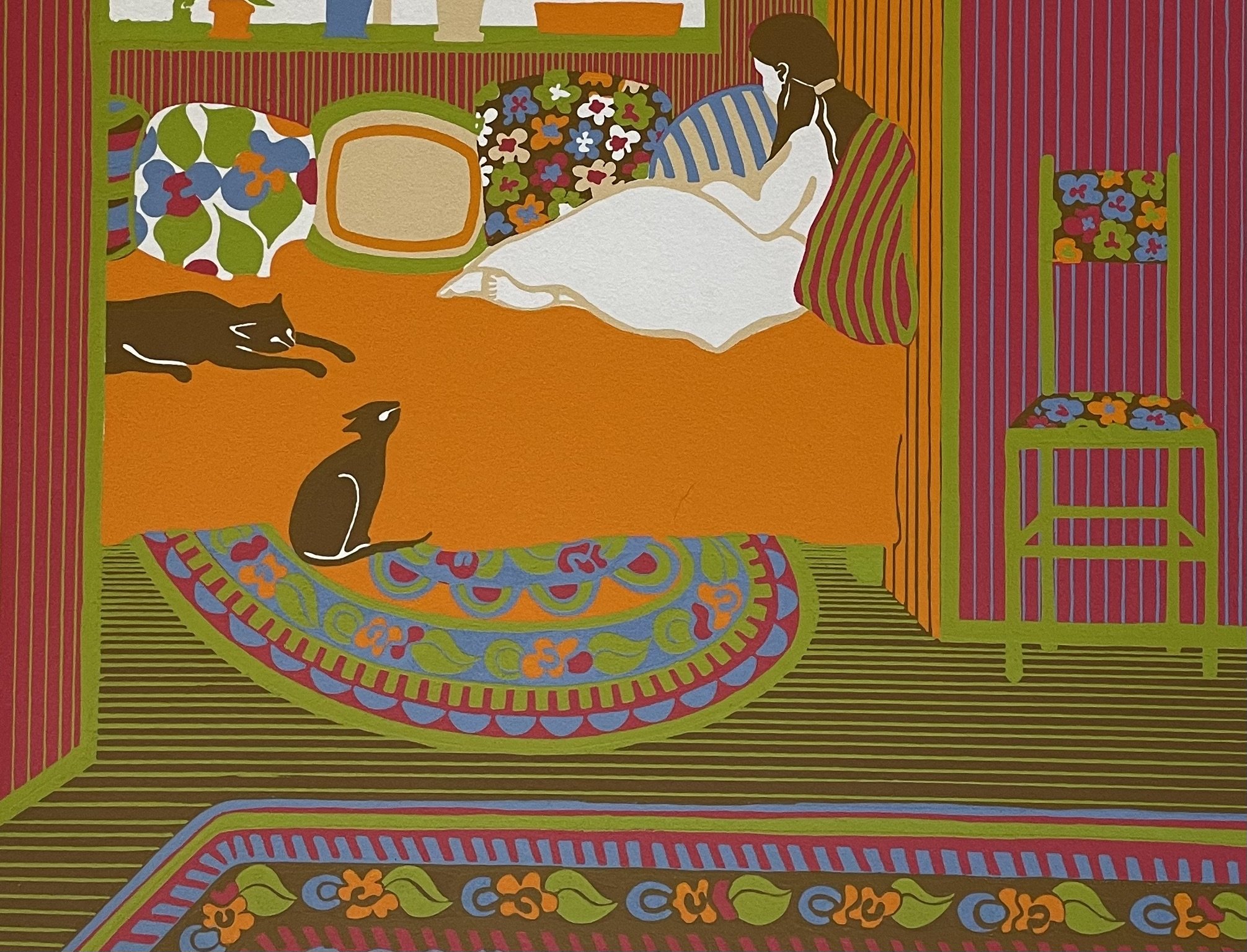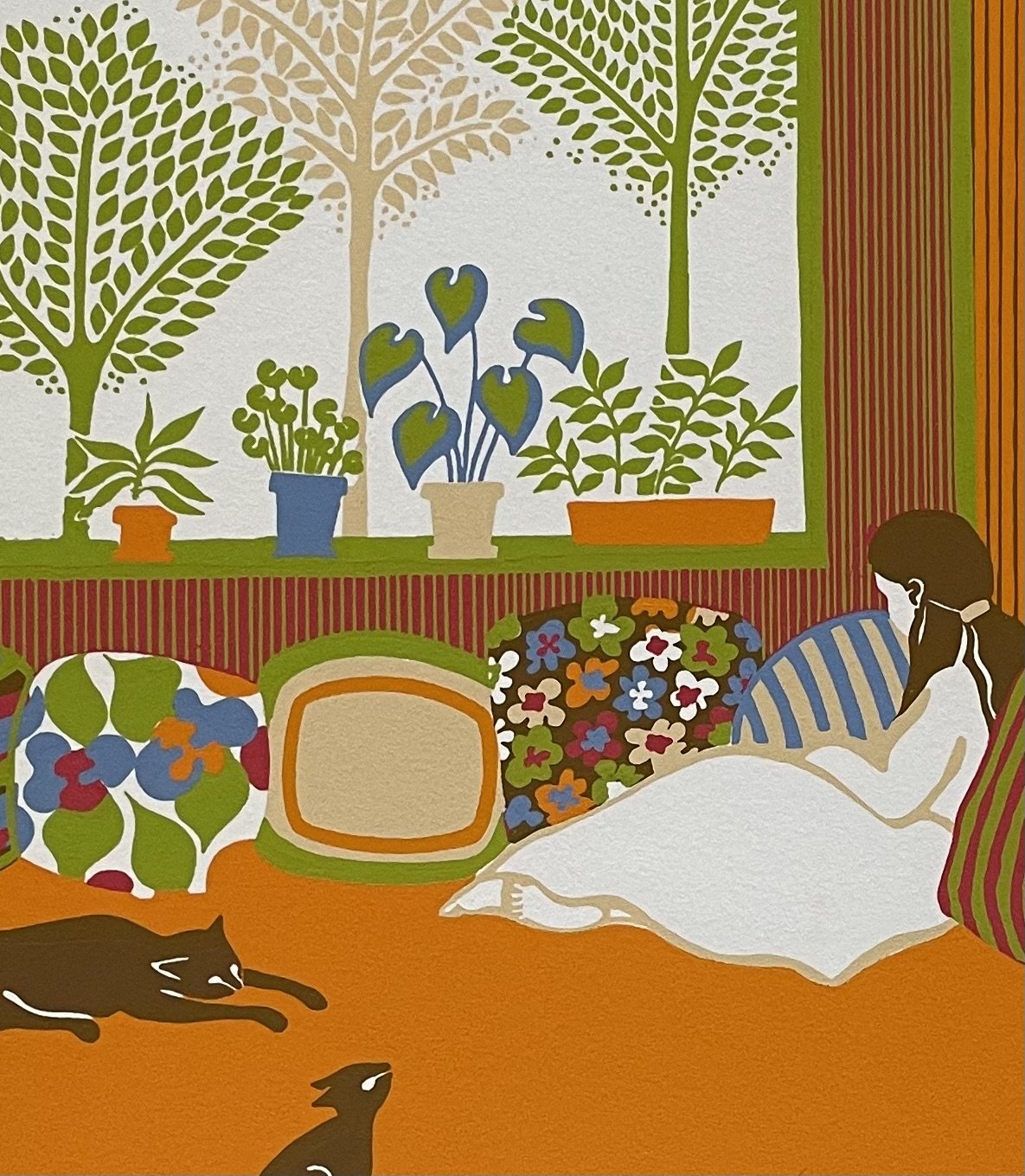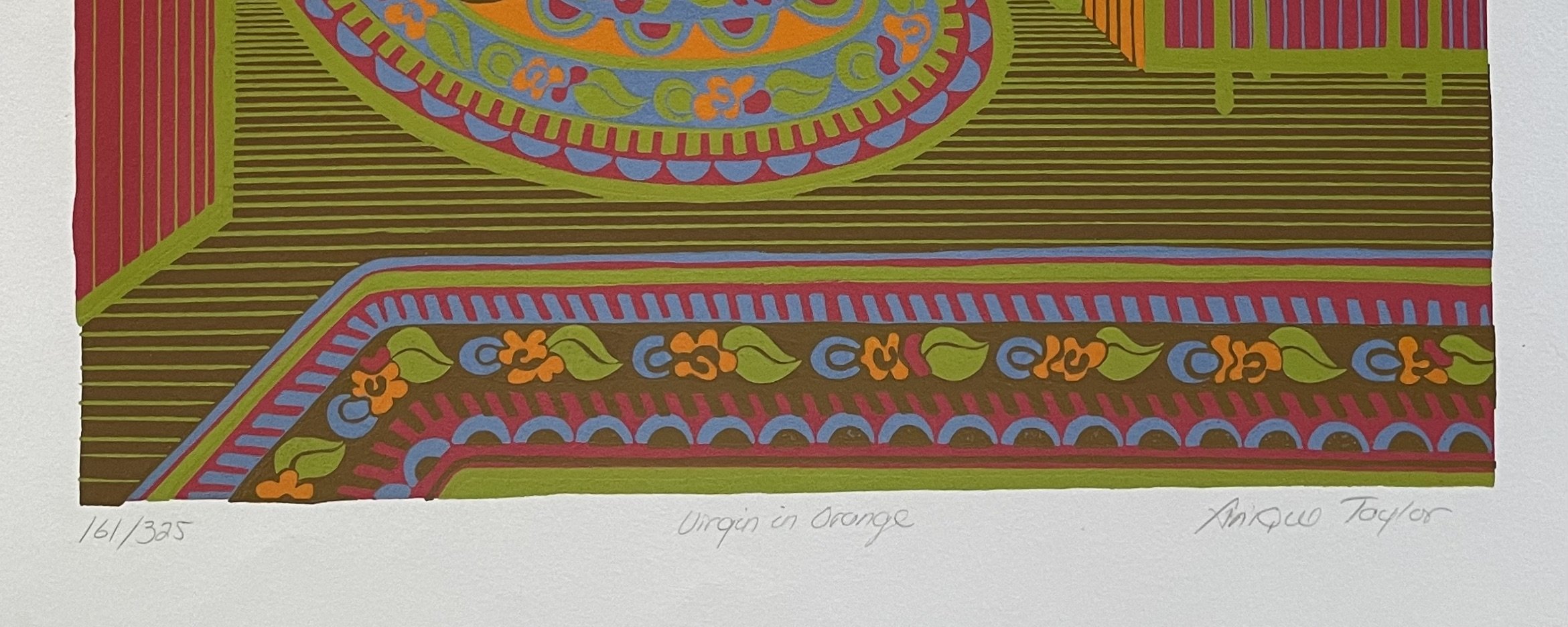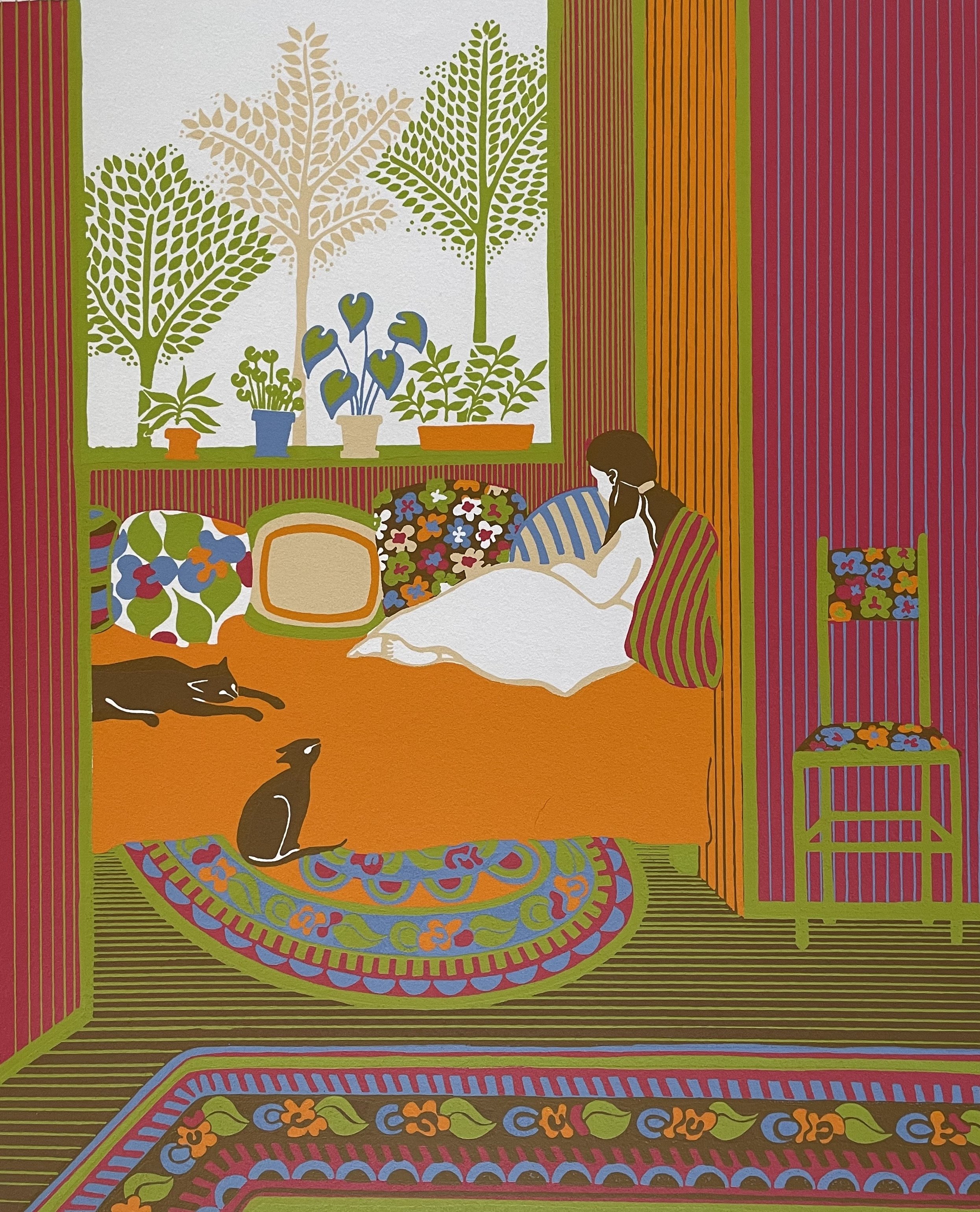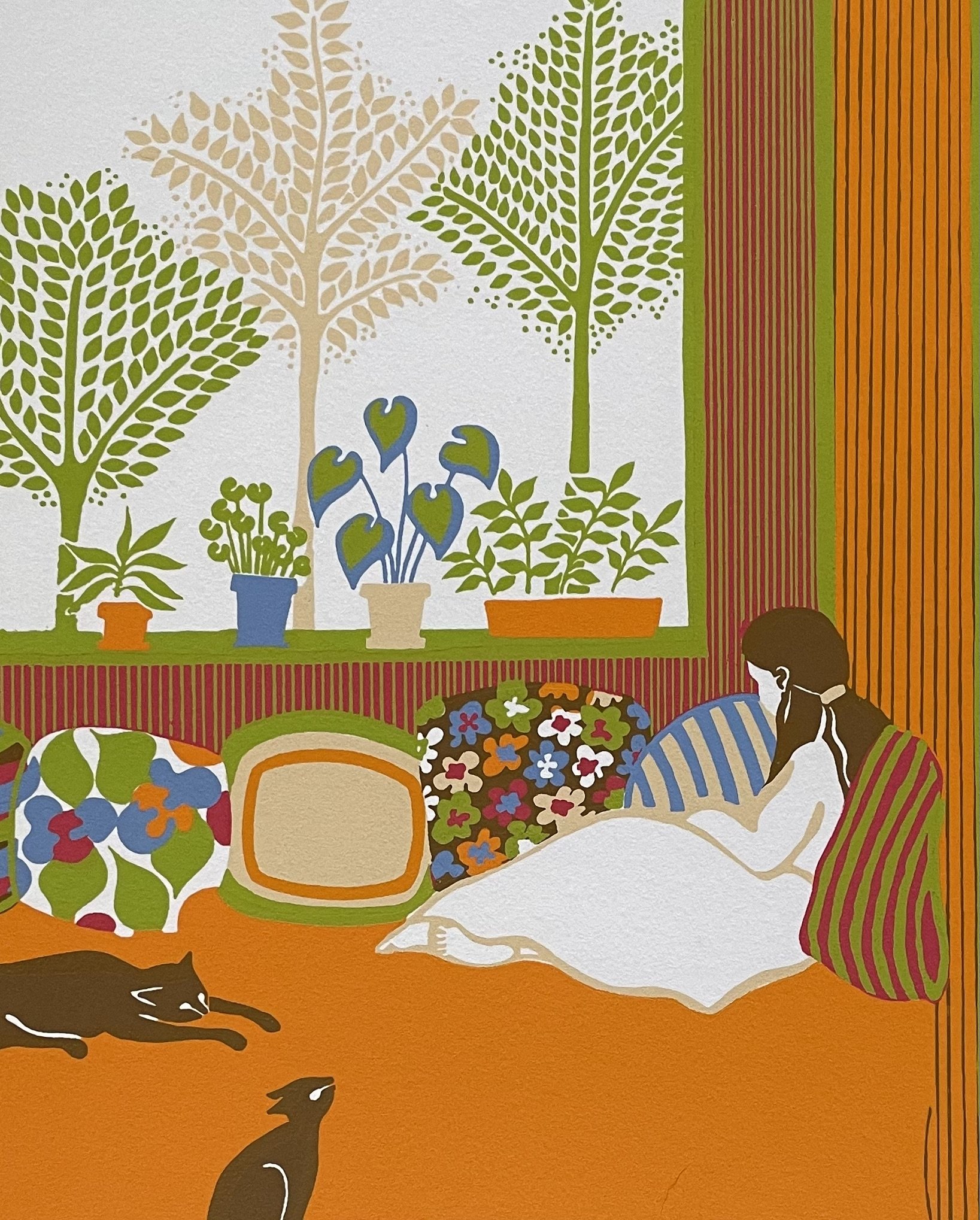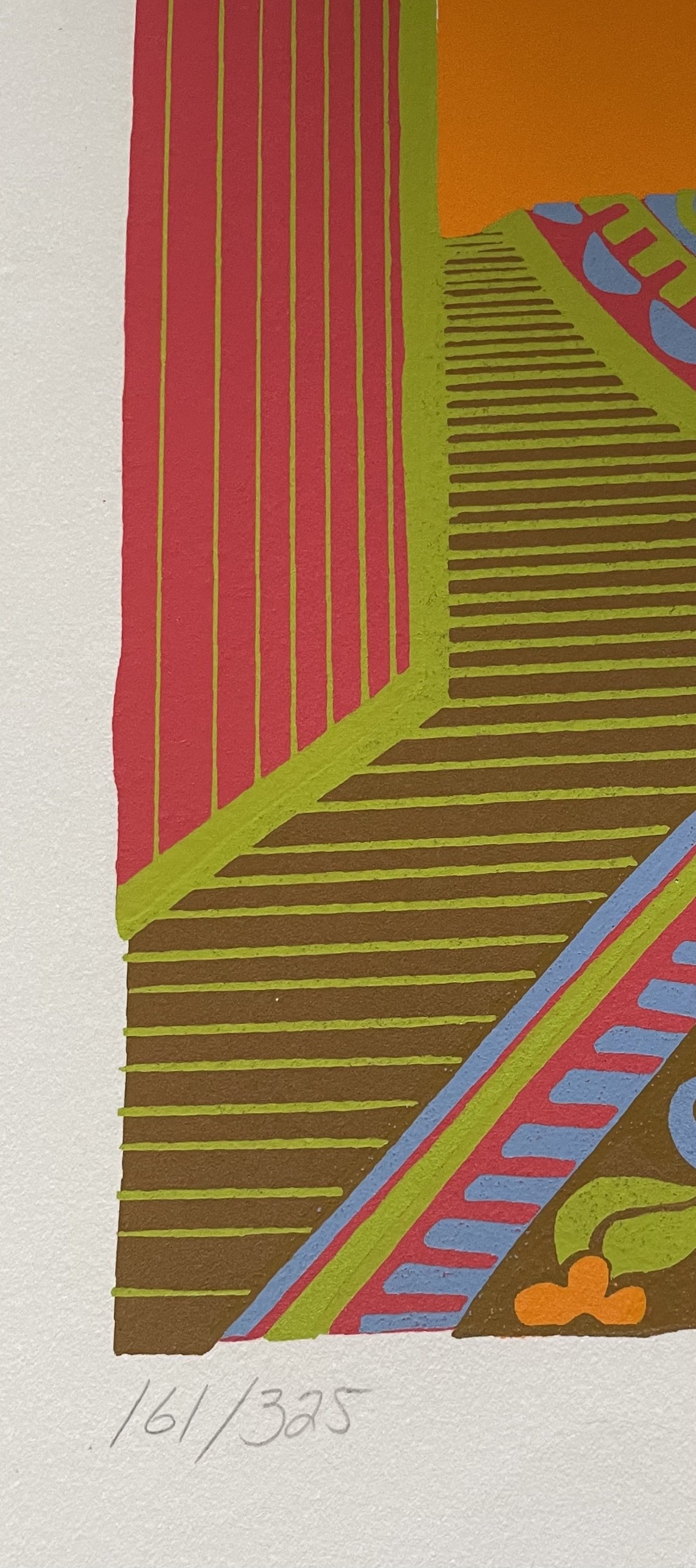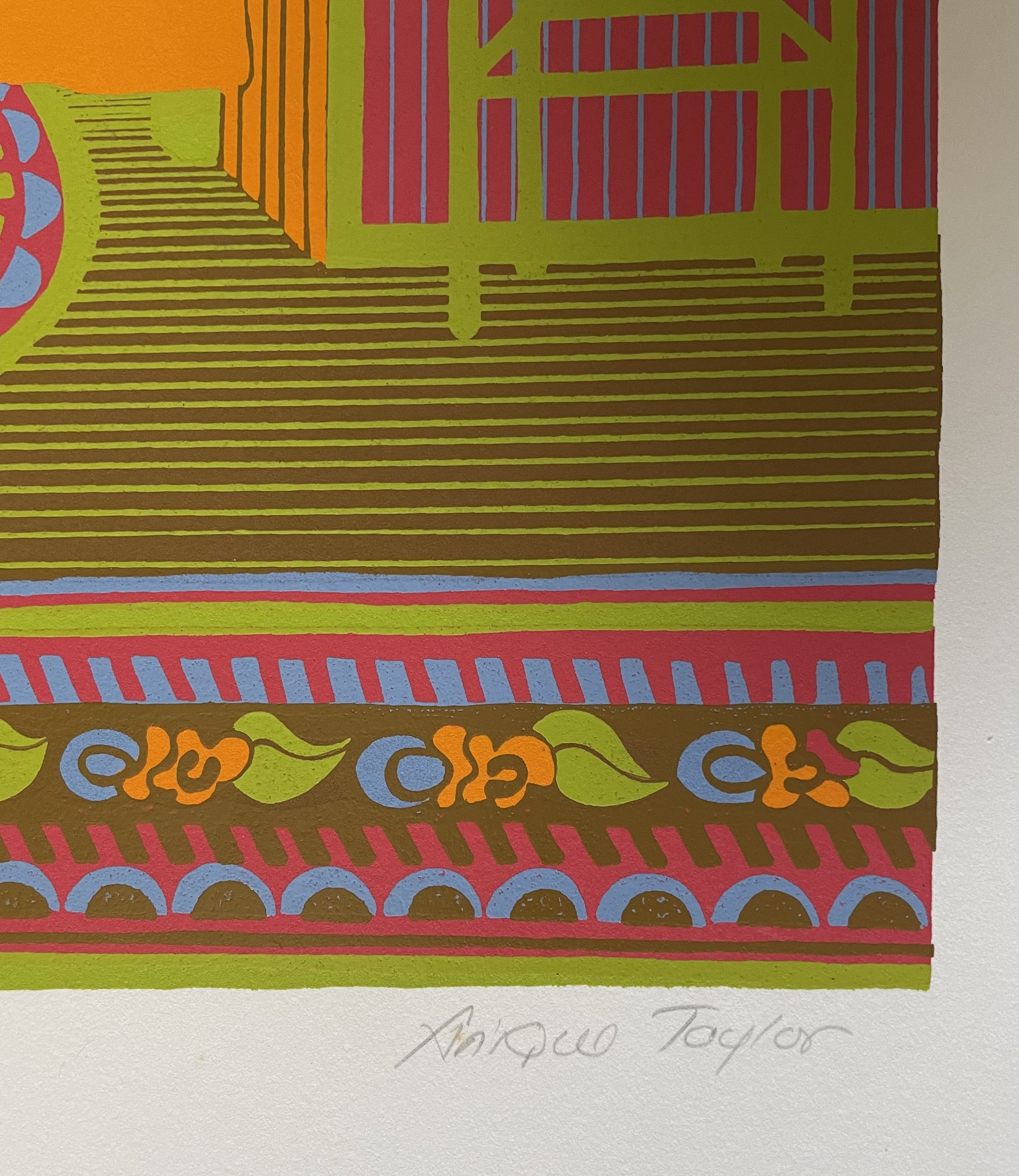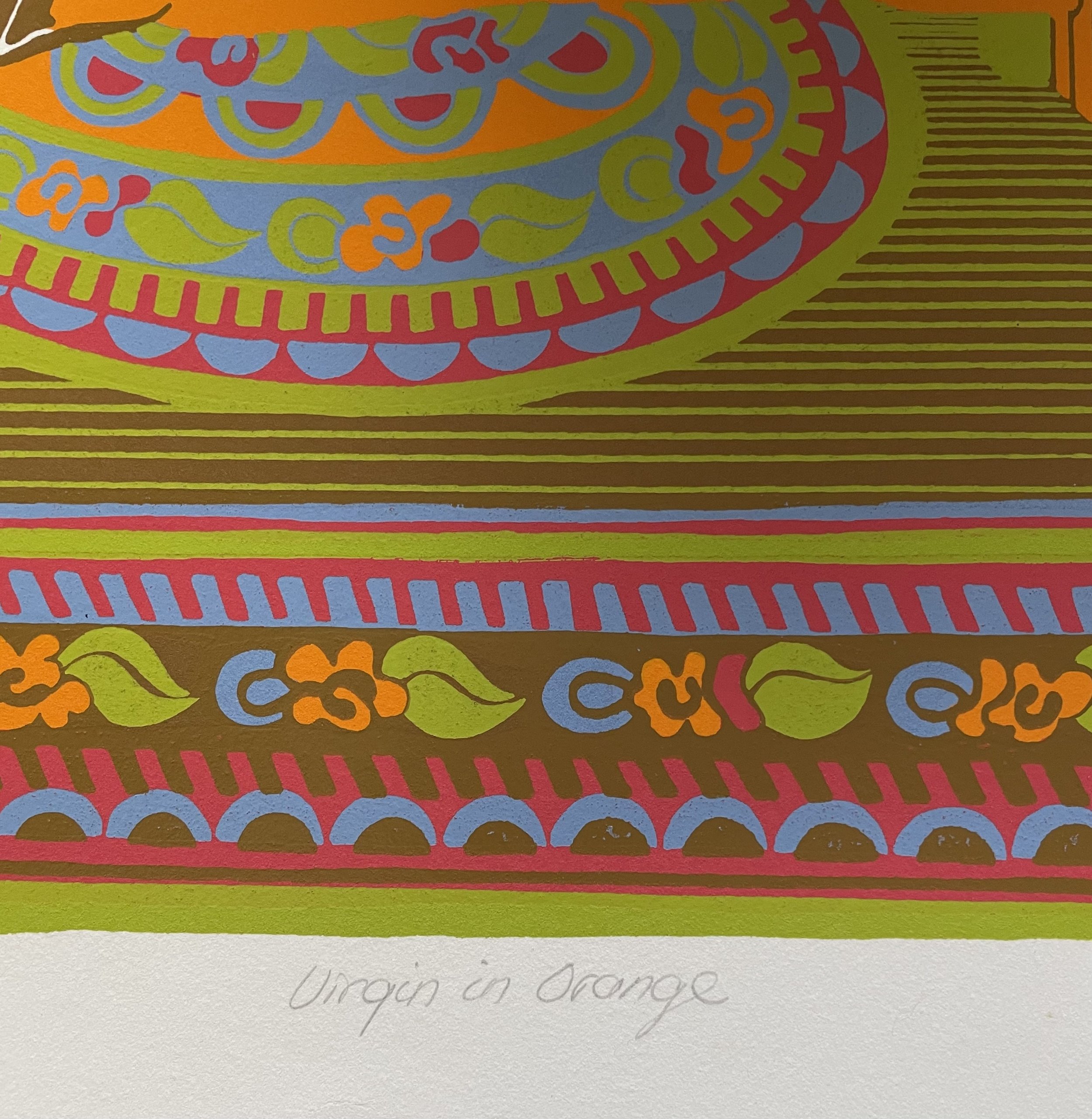“BETSY IN THE ATTIC”
Fine Art Signed Serigraph: 24X31.5”: 223/250:Unmatted, never framed or displayed.
ARTIST: ROBERT WILLIAM ADDISON - MASTER OF LIGHT AND SHADOW
ARTIST BIO: The first thing that will strike the viewer is the light- an illumination that few painters can master. Then the remarkable details will begin to sink in. Not a stone, brick, branch, or shadow is overlooked-producing mesmerizing, hypnotically subtle images that immediately create an awareness of mood, master and atmosphere in an incredible realistic and imaginative technique. It was his masterful use of light that made his work new and exciting and lifted him above the technical brilliance he shared with others- consequently separating his works from that of other realists. His extraordinary talent led renowned artist LeRoy Neiman to call him "the greatest realist of his time." A Chicago based artist for over 40 years, he was born on January 17, 1921 in Boise, Idaho. Mr Addison originally intended to become an architect. Fortunately for the art world his plans were sidetracked the he joint the Army right out of high school. After a training maneuver injury, Mr. Addison occupied his recovery time painting. The Red Cross sponsored a show of his works in which all of his paintings were sold, providing Mr. Addison with the confidence to pursue a career as an illustrator. Fate struck again in 1948 as post war America was flooded with people wanting to become illustrators. Finding classes filled, Mr Addison turned to Chicago's School of the Art Institute where he intensified his commitment to fine art. With encouragement from teacher Paul Wiegard, Mr. Addison was introduced to the Dutch and Italian Renaissance Masters he are to admire- especially Bernardo Bellotto whose sense depicting topographical precision and architectural structures would inspire his own work. Intrigued by Mr. Addison's intense loyalty to realism, especially during a time when abstraction was in style, Wiegard provided individual instruction 3 days a week, challenging young Addison to study the technical excellence of the masters. During his time at the Art Institute Mr. Addison came to recognize the he could organize his artistic gifts with such virtuosity that he could imitate any past form of painting style or expression, including the master he so admired. But those artists has, in his opinion, exhausted their respective forms in the appropriate style and manner for their time. And while imitation may have been flattery to the old masters and the ability to carry it off a tribute to Mr. Addison't talent, it wasn't a vehicle that would distinguish or further his development as an artist. To the end Mr. Addison returned to the experiences and perceptions that turned him to art in the first place and gave him vision: his youth. From his days as a boy growing up in Idaho he had gained an unshakable appreciation of the landscape and, more importantly, the play of light on the plains and mountains that had an almost mystical effect on his imagination. According to the artist "the all of light and shadow is the core of my work." Is is meaningful to note that it was the fundamental experiences and impressions culled from his formative years that so strongly influenced Mr. Addison to organize his work around that dynamic equation of light and shadow; the specter of darkness and shadow as it is penetrated by light. As a foreshadowing of his eventual style, Mr Addison't early works collectively contain characteristic elements which would appear throughout his career: architectural forms, value, illusion of space, dynamic angles and rhythmic patterns. Like Andrew Wyeth, Peter Hurd, and Charles Burchfield, Mr Addison granted towards a style that paid homage to American character with portrayals of American scenes, people, and places.
As mentioned earlier, abstract art was a dominated force during Mr. Addison't student days at the Art Institute. This was, due in part, to the emergence at that time of another competing creative force: photography. As a way to reassert supremacy of paint over film and flash, abstract and free form art became popular. Flying in the face of all that was realistic painting. In spite of the Trent at the time, Mr. Addison remained committed to exploring the visual world as he saw it. And what he saw was the American landscape and its human artifacts. Elements of a remembered America, features that were fast disappearing: old barns, covered bridges, Victorian homes and building, broken down wagons and other objects that stood in the way of urban sprawl. It is significant to understand that Mr. Addison knew exactly what he was doing at various stages of his career, especially at that time. He was well aware of the price he would pay for separating himself from calendar artists, while still dealing with many of the same themes. He was also aware that that his course would prevent him from participating in fad subjects or styles. This provides an important insight into the type of individual and artist Robert Addison was- unwaveringly committed- to a belief in taking things that he saw in every day life, commonplace things, and making them important. So, with his foundation firmly constructed Mr. Addison embarked on a forty-year career devoted to the principle of light and shadow. The final element of his creative equation of brilliance was his emotion. Wyeth once said, "Realism without emotion is dead." That philosophy concisely and accurately describes the unique works of Robert Addison. What distinguished him was the haunting quality of his paintings- the ability to take the commonplace and inject a feeling of nostalgia wrapped in melancholy. But it is not simple the nostalgic quality that draw one to Mr. Addison't paintings. Art catering to that emotion tends to evoke sentimental response and that wasn't the intent of his work. He shied away from folksy, quaintness in favor of mystery and mood. Rather than point out the obvious, he left room for interpretations, focusing as much on what wasn't there as much as what was, taking the viewer to multiple emotional states at the same time. Mr. Addison's painting create an intense emotional connection that lingers long after viewing.
For the majority of his career Mr. Addison worked in oil, egg tempera and acrylic. As part of his preparation, Mr. Addison would take numerous picture of his subject, sometimes returning several times over the course of a year to observe and record different light and shadow patterns. He would even go so far as to build miniature replicas of his subjects and use overhead lighting to created the perfect lighting effect. In addition to his masterful original paintings, Mr. Addison also perfected the art of serigraphic printmaking during his 23-year relationship with Merrill Chase Galleries. A serigraph produced by the silk-screen method has the ability to deposit color through a range of delicate transparencies allowing for unlimited versatility and control This was important as it afforded Mr. Addison the opportunity to emphasize the interplay of light and shadow that contributed so much of the mood and mystery that he sought to convey in his work. Most of his serigraphs required 10-15 separate screens that were hand drawn by the artist. Again, the absolute, unrelenting commitment to his beliefs and his craft made Robert Addition one of a kind and an artist worthy of having his works preserved and displayed for future generations to share the magic he so distinctively created.
EXHIBITIONS
1950-57: Stevens-Gross Studios-Chicago, IL, Idaho State Exhibition, Art Institute -Chicago, IL, Magnificent Mile Show-Chicago, IL
1958: Navy Pier Show-Chicago, IL- awarded the William and Bertha Clusmann Prize for Self Portrait
1959: Union League of Chicago Annual Art Competition-Chicago, IL
1960: Union League of Chicago Annual Art Competition-Chicago, IL
1961: 64th Annual Exhibition of Chicago and Vicinity Artists at the Art Institute of Chicago
1963: Standard Club Art Show-Chicago, IL- Pick of the Show award
1964: Mississippi Valley Artist's Exhibitions, Illinois State Museum-Springfield, IL-awarded Purchase Prize
1965: Gilman Galleries-Chicago, IL
1968: Merrill Chase Galleries-Chicago, IL
1971: R.W. Norton Art Gallery-Shreveport, LA
1972: Merrill Chase Galleries-Chicago, IL
1974: Riverside Galleries-Shreveport, LA
1976: Merrill Chase Galleries-Chicago, IL
1979: Merrill Chase Galleries-Chicago, IL
1982: Merrill Chase Galleries-Chicago, IL
1988: Merrill Chase Galleries-Chicago, IL
2002: Bay College Besse Center Art Gallery, Escanaba, MI
2008: Spiva Center For The Arts-Joplin, MO
2010: Bay College Besse Center Art Gallery, Escanaba, MI
2018: Bay College Besse Center Art Gallery, Escanaba, MI
MUSEUMS
Art Institute of Chicago
Norton Art Museum-Shreveport, LA
Illinois State Museum-Springfield, IL
Idaho State Museum-Boise, ID
Boise Art Museum-Boise, ID
QUOTES:
"....overwhelming in its beauty and appeal....the Addison painting are touch with a masterful handling of light and perspective which lifts them into a category yet unnamed."
Jim Montgomery, Shreveport Times
"I have an obsession with light. Not only do I try for several shades of light and dark...but also a number of qualities and textures and tones of light help me define the seasons. Spring is the bright, clear light falling on the meadow; angled sunlight on the fading red brick suggest the dryness of autumn; long shadows across the snow indicates a bite in the air; the sun of summer makes a filigree of light and dark on lawn and house."
Robert W. Addison
"One of the few traditional painters of power in the Middle West...an accomplished draughtsman with an intense enthusiasm for hard work."
Earl C. Gross, American Artist magazine
"The realism in Robert Addison't paintings goes beyond his crisp technique and clearly seen depiction of these often modest structures. His realism is as well an implicit understanding that this scene is continually being altered. In his painting then house and building are symbols not alone of American life but...an emblem of the passage of individual lives, our own, within the irresistible pull of an urban-industrial civilization that has and will transform country and city alike...his art is clearly about the reality of the American landscape and its human shelters...still his caring eye allows his work to be read as an abstraction of geometric objects in intricate arrangements; and as three-dimensional spaces filled with patterns of rhythm and color."
Dr. Joshua B Kind
Professor of Art History
Norther Illinois University
"Robert Addison portrays, with a haunting beauty, the inevitable recapture, by nature, of man's work. One can almost hear the music and laughter from another day as one views, with a chill, the decaying state to which all returns. There are certainly many other skilled realists who have great technical ability, but I have never seen one as gifted at conveying mood and atmosphere. There is a mystery, a magic, and emotional quality to the works of Addison that innerly captivate the viewer. He is an absolute master at handling light and shadow."
Robert Chase
Chase Art Group
"Robert Addison is one of the finest American Realists of working today. His style is distinctive and the images he creates are memorable, leaving a lasting impress that is rarely achieved in contemporary art. I first saw his work about twenty years ago. Today I could describe from memory nearly all of the paintings I have seen. It is always a delight to see his work and a rare privilege to own it."
Phillip B. White
Artist
"Robert Addison is the greater Realist of his time."
LeRoy Nieman
Unmatted, never framed or displayed. Beautiful original Serigraph Print from the retired Mitch Moore Gallery Inc, NY.
….give your space a unique story to tell…







